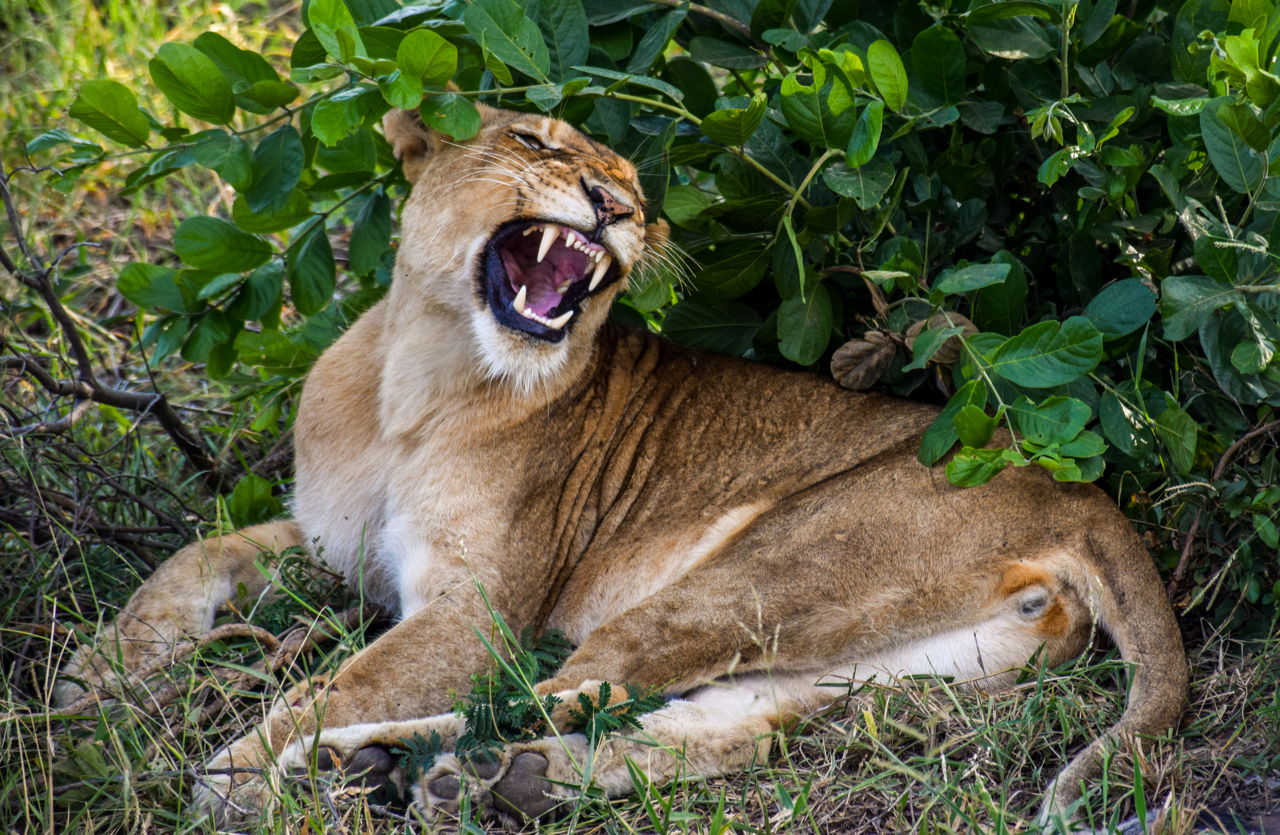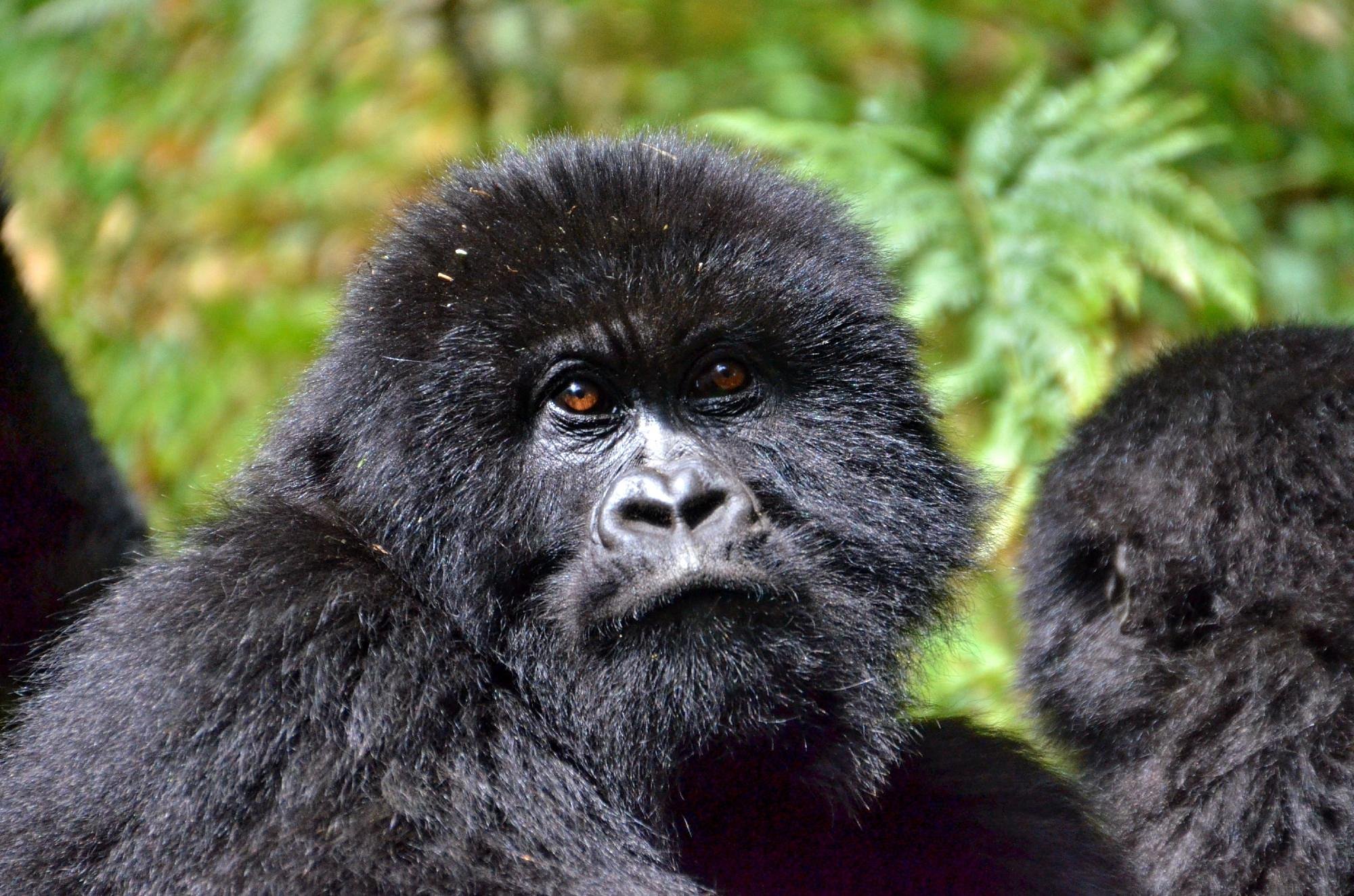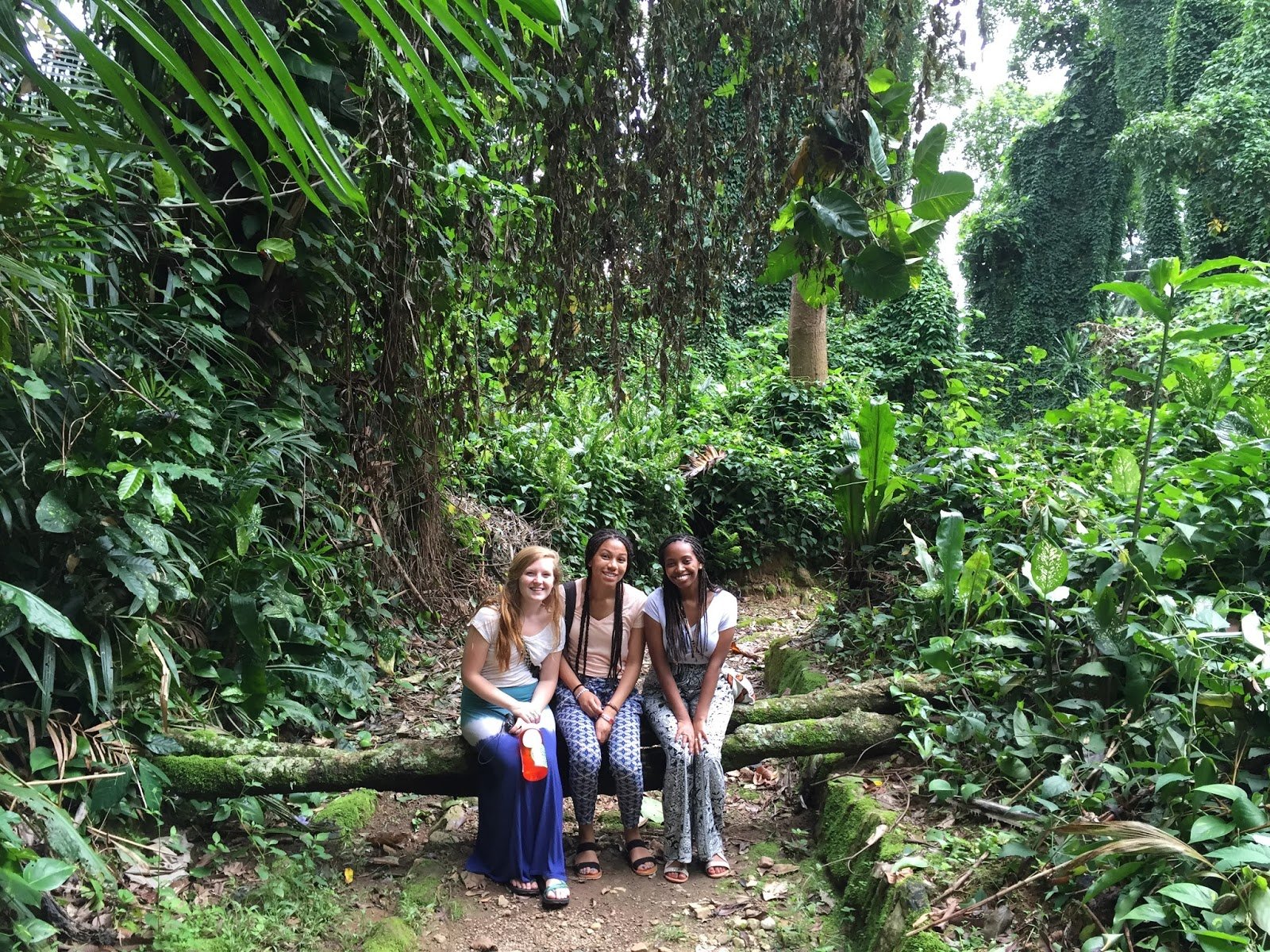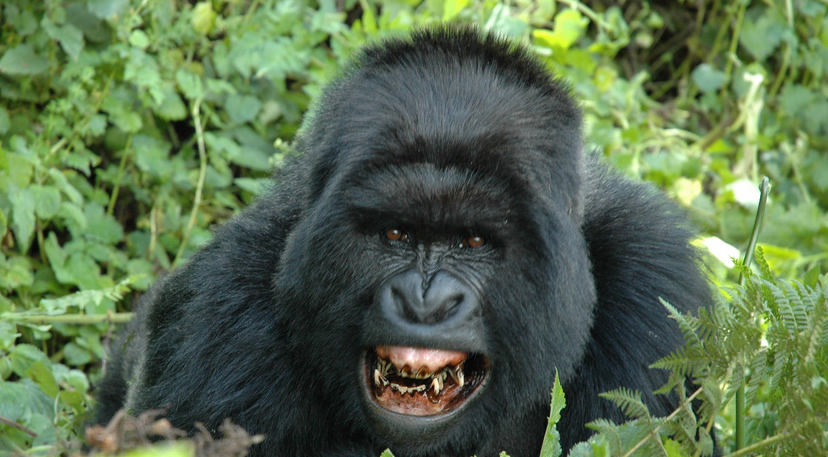
Gorilla Trekking
What is Gorilla Trekking – Everything about Gorilla Tracking
Gorilla Trekking simply means the process of searching for gorillas through the verdant and mountainous Tropical rainforest (on foot), for hours and involves hiking on the rugged terrains, steep and narrow footpaths, and maneuvering through the thick jungle behind an experienced guide who creates paths through the vegetation with a machete.
The process of trekking gorillas is undeniably hectic but with enough preparation, travelers always maneuver through the jungles and successfully encounter these Great Apes in their natural habitats. Physical fitness is paramount and the guides always make sure that participants take some short breaks. Equipping yourself with the right gadgets and gear goes a long way in taking on the rough terrains and difficult environment hence hiking boots with enough ankle support, gardening gloves, double-layered socks, khaki trousers, long-sleeved shirts, and backpacks are recommended during treks.
Gorilla trekking is one of Africa’s life-changing wildlife encounters, drawing travelers from across the world to see the glossy black creatures against the verdant rainforest’s luminous green. A typical group or family of gorillas is led by a huge and watchful but warm-hearted silverback (mature male). The time and energy put in trekking gorillas require patience and perseverance but this usually disappears in an instant after setting your eyes on the Great Apes and spending the magical one hour with them. Your mind will be blown by riveting similarities with humans as an odd familiarity settles on you. Watch the infants roughly playing and tumbling like wrestlers, silverbacks protectively watching over the surrounding for any dangers while laying with the young gorillas, Alpha females breastfeeding their babies while occasionally chastising the other little ones, juvenile females gathering in grooming groups.
Where does gorilla trekking take place?
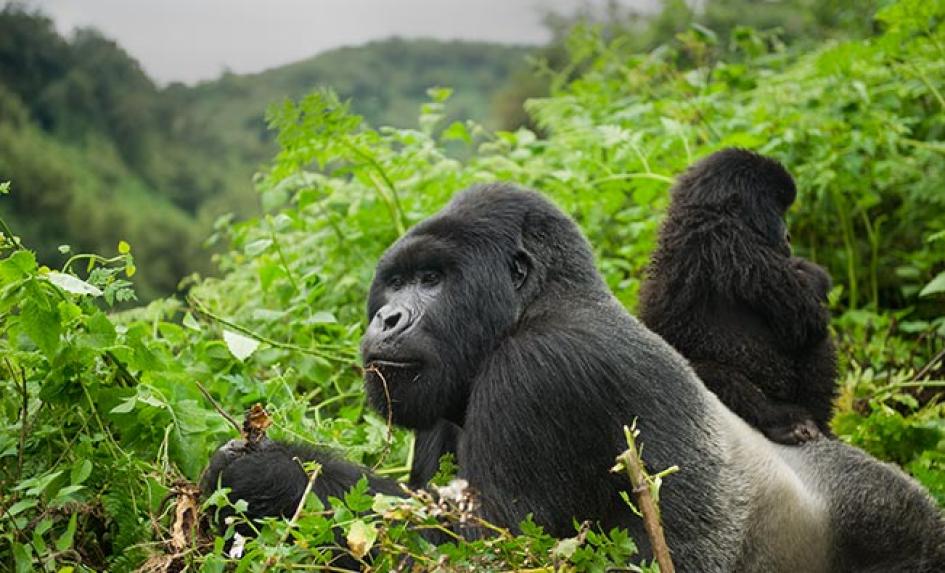
Gorilla Trekking in Africa takes place in a number of countries and involves different species of gorillas. These Great Apes live in their natural habitats comprising of the remaining protected stretches of Africa’s Central rainforests and National Parks. Anyone that has undertaken gorilla trekking will agree that it is the most life-changing and up-close encounter with wildlife on the African Continent. There are currently only two main species of gorillas-The Eastern and Western gorillas.
The Eastern gorillas are further categorized into Eastern lowland gorillas (totaling about 5000 individuals) occupying the lowland rainforests of the eastern Democratic Republic of Congo and can only be trekked in Kahuzi-Biega National Park. The second category is the Mountain gorillas (about 1063) that according to their name live in the upper slopes of Virunga Volcanoes (Virunga Conservation Area that comprises of Mgahinga Gorilla National Park of Uganda, Virunga National Park of the Democratic Republic of Congo, and Volcanoes National Park in Rwanda) as well as Bwindi Impenetrable National Park in Uganda.
The Western gorillas are also sub-divided into the Cross River and western lowland gorillas. The latter is the most populous with over 100,000 individuals scattered in the countries of Gabon, Cameroon, Equatorial Guinea, Central African Republic, and the Republic of Congo. Their counterparts (Cross River Gorillas) are only found in the lowland montane forests and rainforests of Nigeria and Cameroon. These are the least populous with only about 250-300 individuals living in small sub-populations hence making them the rarest and least trekked sub-species of gorillas. A face with face encounter with any of these gorilla sub-species in their natural habitats in Africa will reward you with heartwarming and soul-stirring memories that will linger for the longest time.
Why take part in gorilla trekking?
One of the reasons why you should take part in gorilla trekking is the fact that these Great Apes mostly survive in their natural habitats and few in the zoo, hence setting your eyes on them is a once-in-a-lifetime opportunity. The ones you find in the zoos are the western lowland gorillas but never mountain gorillas that are only found in the rainforests of Uganda, Rwanda, and DRC.
However, poaching and bushmeat hunting, as well as illegal timber harvesting, have immensely affected the survival and reduced numbers of western and eastern lowland gorillas. With gorilla tourism and different associated revenue-sharing initiatives with surrounding communities, sensitization, and primate research, communities have slowly embraced gorilla conservation hence an increase in the numbers of the Great Apes. The population of mountain gorillas for instance has been recorded to be growing with currently over 1000 individuals.
When to participate in gorilla trekking
Gorilla trekking is an all-year-round activity much as the most ideal time to walks through the dense rainforests is the dry season-December to February as well as early June to September when trekking conditions are more comfortable. Given that these areas are rainforests, rain is expected anytime but the drier months are least wet, vegetation is sparser hence easier to trek Great Apes.

